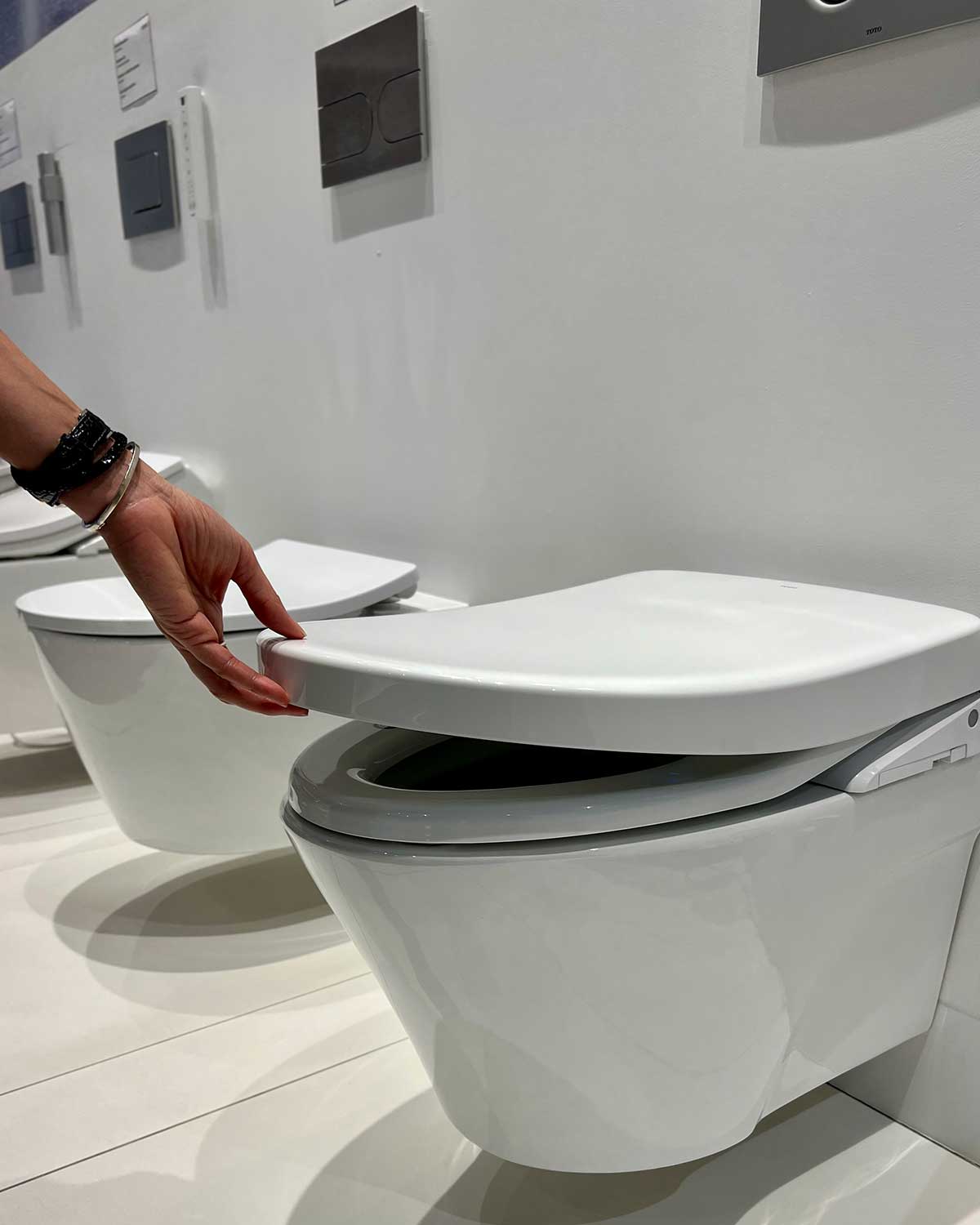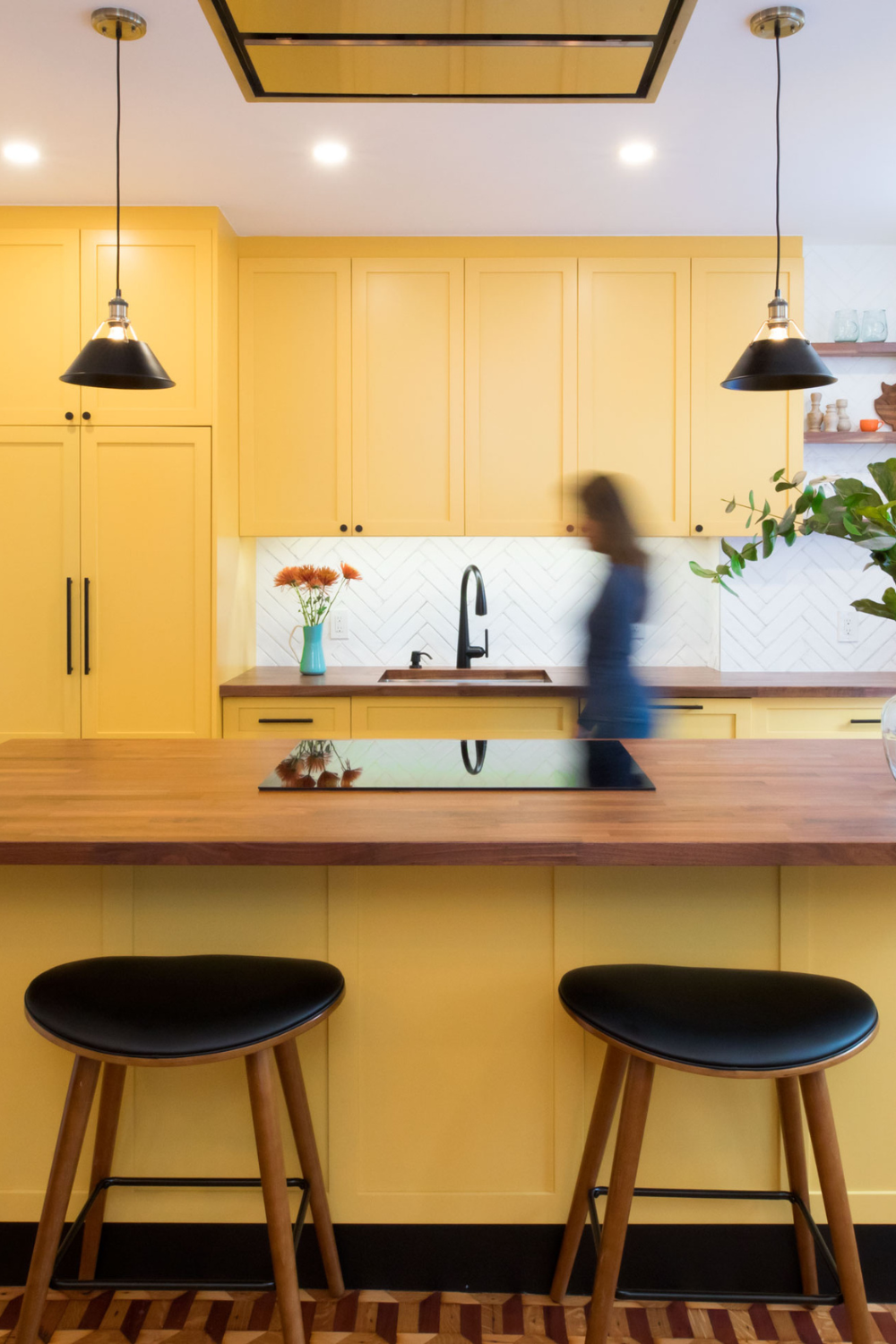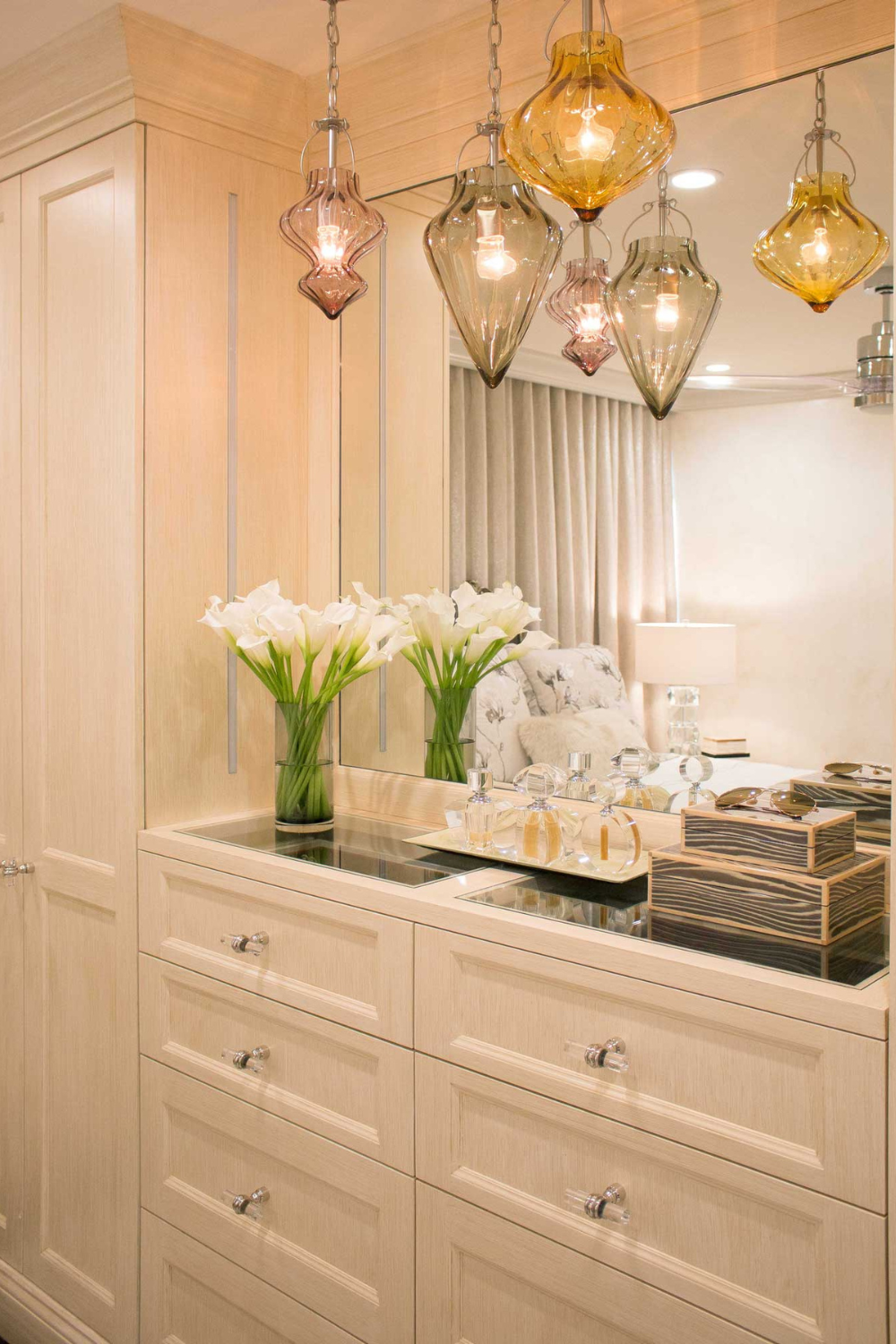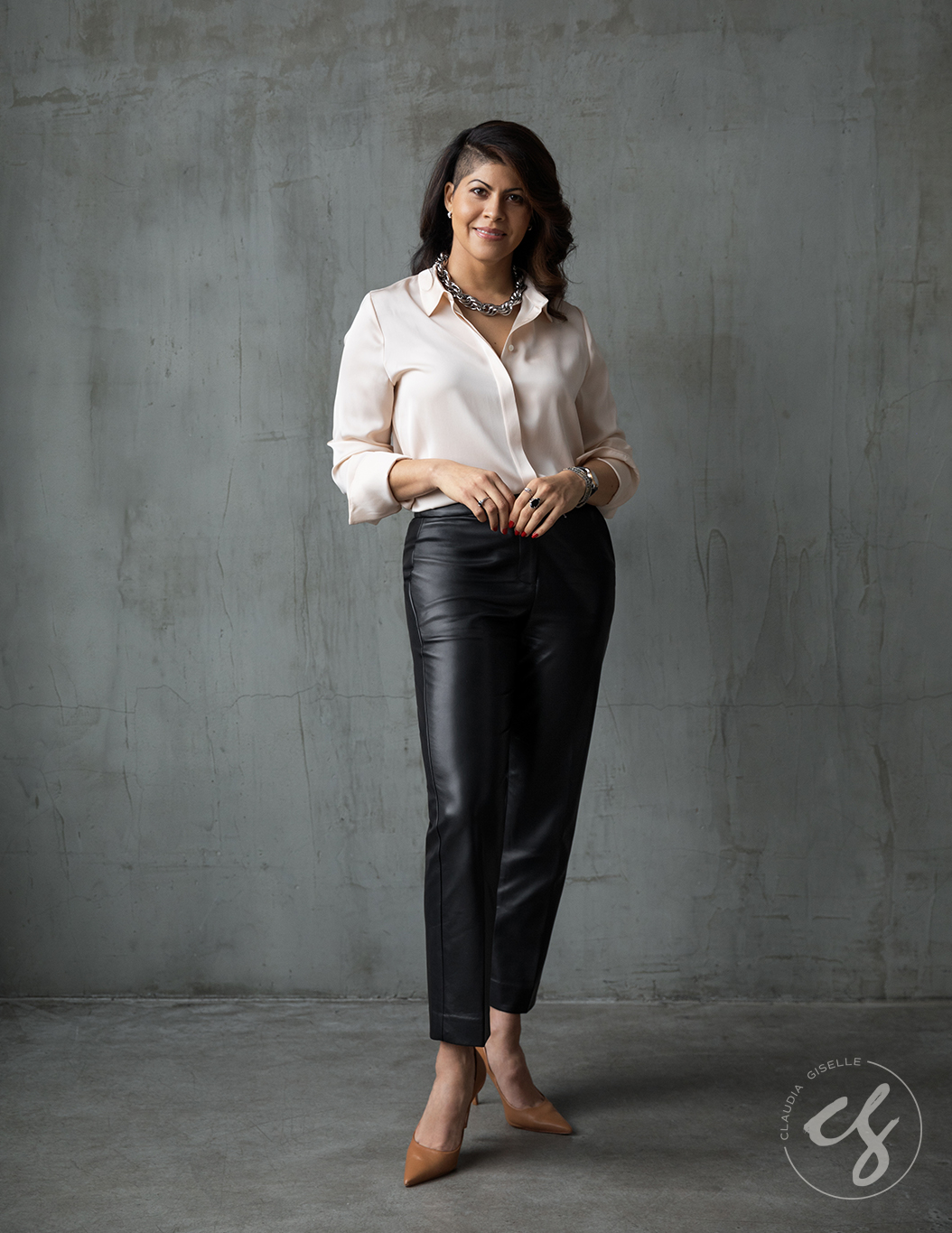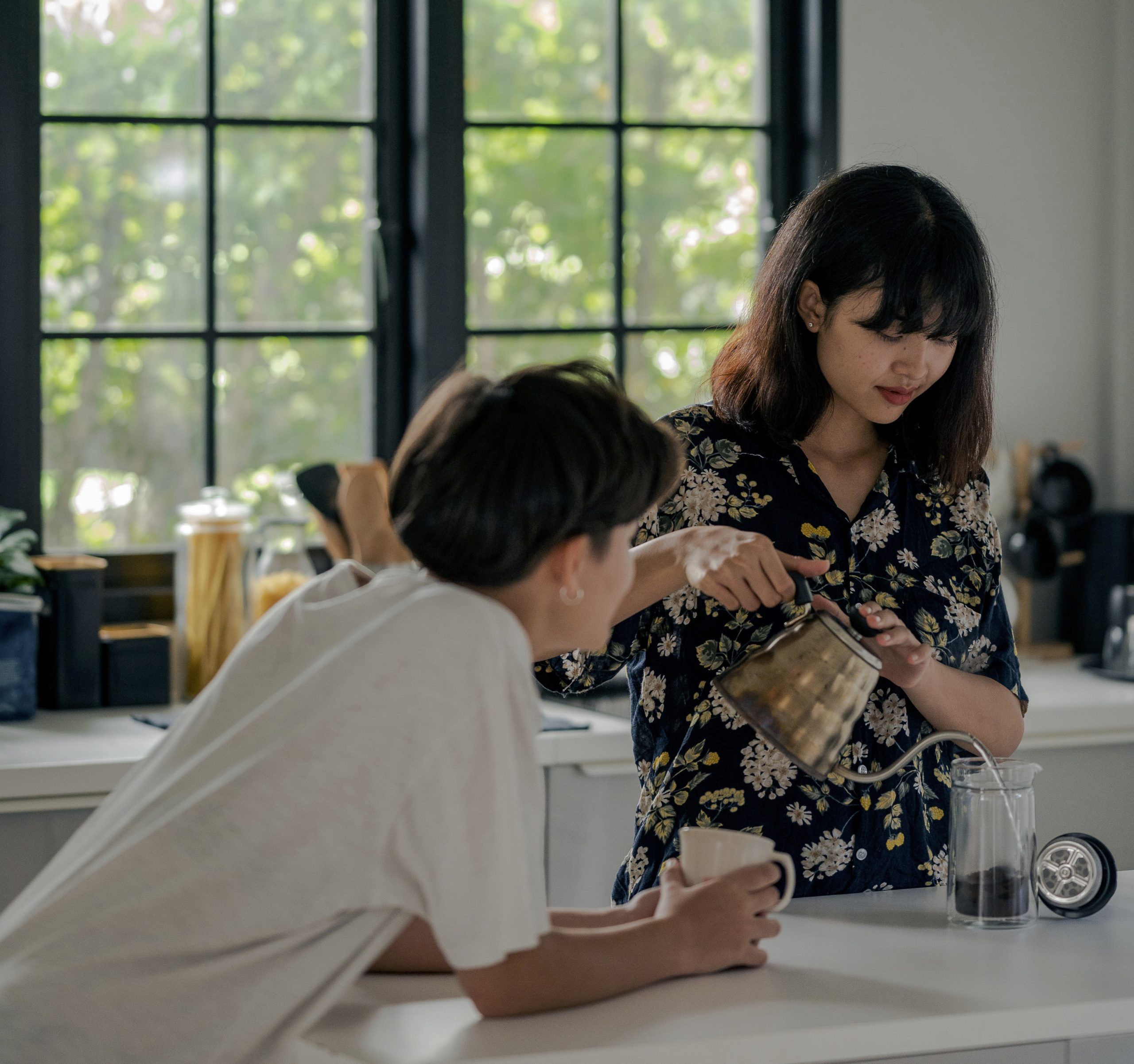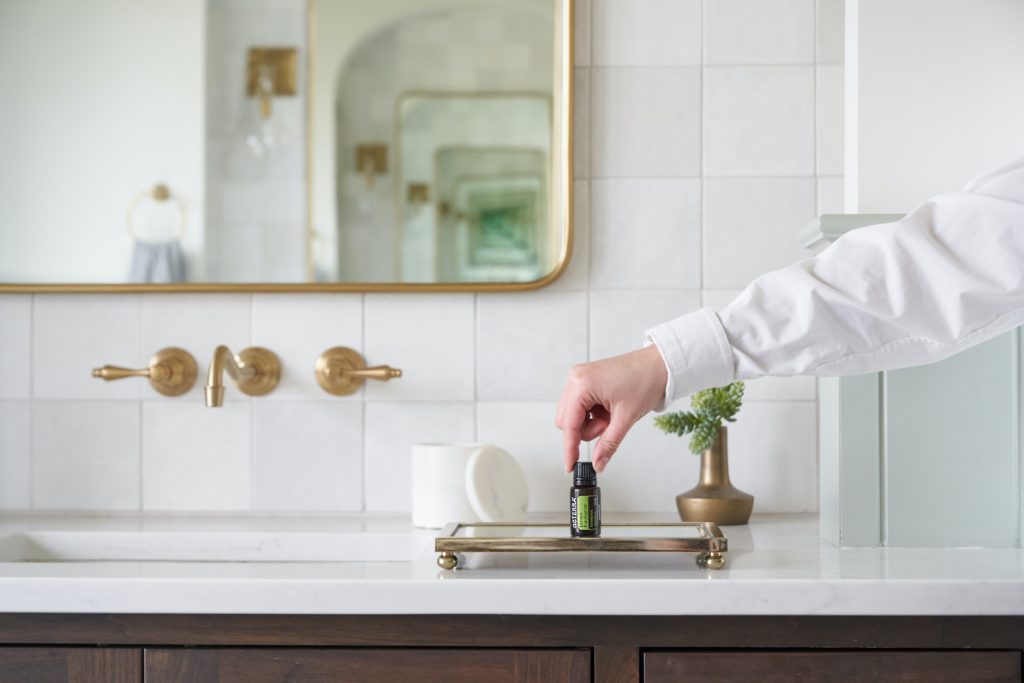
Good morning, and happy Friday! Today, I’ll talk about the end stages of renovation — putting the final touches on your design project. These tips reflect what I’ve learned over the years, and can be of great value to anyone embarking on a home design project.
Of course it’s fun to fantasize about what you would like to do. And then it’s fun to skip ahead to picturing it already complete. But between inspiration and completed renovation there are a lot of steps. I recommend taking a long view of the whole process before you even begin. It’s wise to view your renovation holistically, rather than a series of separate steps. However, there are definitely stages involved here, and the final stage is easy to overlook. Don’t do it!
Wrapping it all up
If you’re contemplating a design project at any point in the future, consider this a primer on the ‘wrapping it up’ phase. It may be in the distant future for you, but this is important. It’s easy to think you’re ‘over the hump’ and sort of phone it in at the end. My advice? Stay focused until the final detail is in place. This is all about concluding your project: finalizing, editing, and putting the parts together. When you’ve come so far in your home design efforts, a strong finish will really illuminate why it was worth doing in the first place.
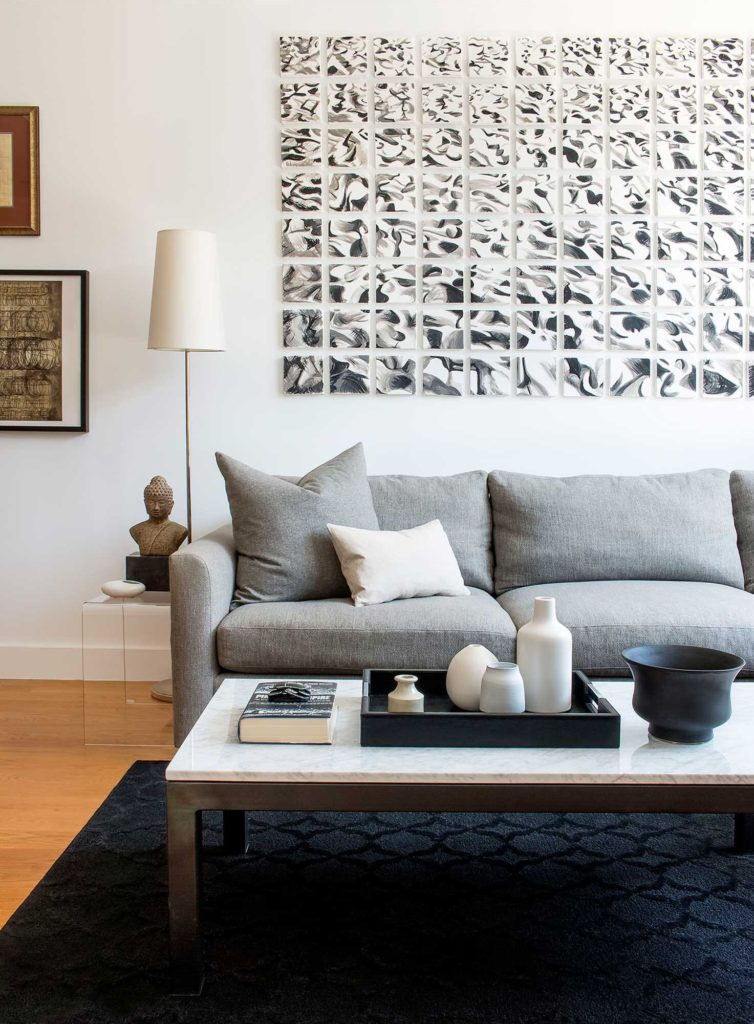
Putting it all together means more than just concluding the major construction work, placing the furniture, and checking off all the boxes from your original plan. When I wrote about working with trades, I alluded to your role as project manager. In that role, it’s your job to walk through the whole space and create a final punch list, which will include any missed items, and any unfinished tasks. After the main elements are in place, the decoration phase begins. It’s a good idea to include this in the punch list, even if some of it is your job, and not someone else’s. Decorating is an important part of the design process because this is when you add details like artwork and accessories. You may or may not have been thinking about it so far. If not, now is the time to start.
The details matter
Design projects have many stages. Some people choose to do it all at once – design, renovate, furnish, decorate – while others do it in phases. Each phase has its own set of rules and budget, whether you’re doing a bathroom or an entire house. After so much planning and work, it can be easy for people to forget about the accessorizing phase. All the big stuff takes your attention for so long, but the finishing touches are really what bring it to life. You can have a beautifully renovated house, but without these final touches, it doesn’t become a home.
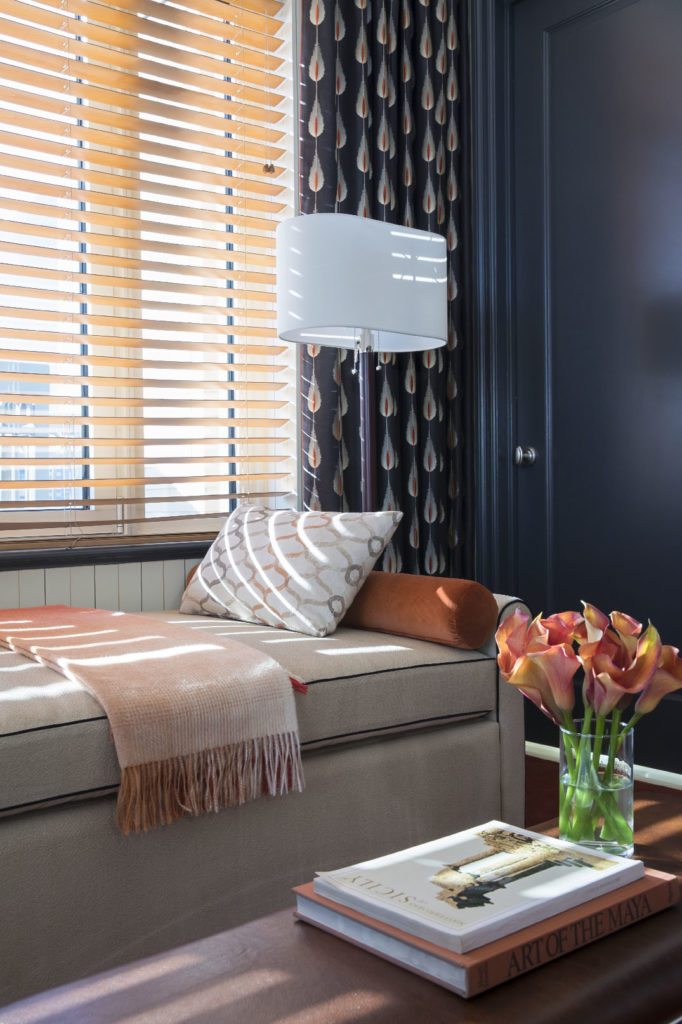
Some of these fine details may already be in your design, such as lighting fixtures, fabric choices and at least some of the artwork. But it is likely that once you start to see the ideas become reality, you’ll want to add or change some things. You may realize you want more pillows in your living room, and decide to have them made in a new fabric that complements the upholstery you’ve already used. You might want different artwork on the walls, especially if you’ve hung onto pieces from before the renovation that no longer seem to fit. What will you put on your shelves and other surfaces? Adding additional lamps, plants, candles and small artworks or collectibles could make the difference between a room that is simply tastefully decorated and a room that enthusiastically draws occupants into it.
More than visual
Consider your five senses, and see if you can propel this experience beyond the visual. You can use aromatherapy, candles, soaps, and other added scents, but try also to think outside the box, beyond what you can buy and into the realm of being. There are subtler types of scent that will factor into your experience, often at the subconscious level, such as flowers and other plants, upholstery materials such as leather, logs stacked for the fireplace, and even what sorts of cleaners are used.
If this room happens to be near the kitchen, you will also have the pleasure of cooking aromas filtering in. There may be ways to embrace this aspect in your design. For example, this room could be the place people congregate instinctively before meals. You might want a spot designated for hosting drinks and appetizers, or your selection of artwork or coffee table books may be chosen to complement this anticipatory behavior. In this example, you aren’t adding scent; instead you’re responding to aromas that will be a regular part of this room.

Your sense of touch will be catalyzed simply by walking in and sitting down – your feet register the warmth or coolness of a floor, and the texture of a rug; your body is attuned to the soft embrace of certain chairs and sofas, or to the formality and posture required by others. You and your guests will instinctively run your hands over the furniture and pillows. In addition to these pre-existing details, you can choose to include accessories that practically demand to be touched, like tactile wall hangings or wallpaper.
Think about sounds: they aren’t only in the music we play. Ambient tones and white noise can be soothing during work or downtime. And there are passive sounds that filter into your space too. Seasonal cues from outdoors (wind through leaves versus hollow branches, for example) mingle with your designed environment in meaningful ways. If your windows open to create a cross draft,
you may want to encourage subtle interactions to take place, whether you enjoy something as identifiable as windchimes, or you prefer the gentle intonation of a breeze rustling plants or causing window treatments to billow and then subside. What do you love? What is already in the environment? Emphasize those things.
Create your personal oasis
You’ve put so much into this project. Don’t stop at 97%. Postponing a few small details now may seem like no big deal, but those things tend to linger. Maybe you still need a great vase for your end table, but you just ran out of steam. In a few months, when that end table becomes a parking area for magazines, it could be easy to just forget about the vase. You may reason with yourself that the table has found its own purpose, and so the vase is not necessary. But why let things just happen? Stick to your vision. You have the power to direct the manner in which your table is used, and how that room is used, and how the whole house is used.
Bringing your project to completion in all the fine detail you envisioned is what it’s all about. That last 3% feels disproportionately large, because these are the details you will interact with every day, and that will subtly define how you feel in your new space. This is your sanctuary, so make it everything you imagined it could be during those early fantasy stages. Treat yourself right by bringing your new design – your home – to a place of perfection.
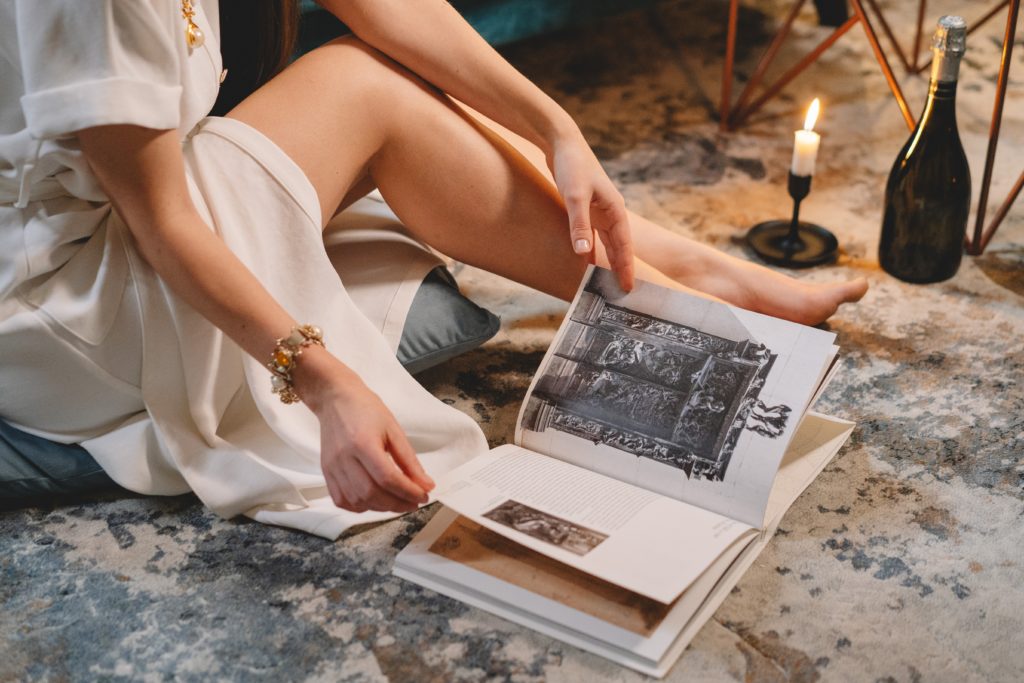
As an Amazon Associate, this site may contains affiliate links and I can earn from qualifying purchases at no cost to you. View disclosure for more information.
I'm Claudia. Welcome to my Interior Design blog! I'm thrilled to share my expertise and passion with you. With over 20 years in the industry, I'm a Certified Interior Designer, holding an NCIDQ Certification, and an educator. Interior Design isn't just my career—it's my passion. Dive in to explore more about me. Click here to learn more!
Hi Friend!
Stay inspired—join our design community by subscribing to the blog today.
subscribe now
Other Posts You Might Like
©2025 Claudia Giselle Design | Interior Designer | Brooklyn, New York
Legal
BACK TO TOP
Testimonials
718-255-5949
Press
office@claudiagiselle.com
MENU
We create thoughtful, personalized interiors for those who value quality and beauty in every detail — serving NYC, Manhattan, Brooklyn, Long Island, the Hamptons, and the Hudson Valley (including Westchester and Dutchess County) & Beyond.
Timeless Classicism with a
Bold Touch of Elegance
Home
Services
Process
About
Blog
Portfolio
Scheudule a Consultation
GET IN TOUCH
Contact
